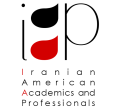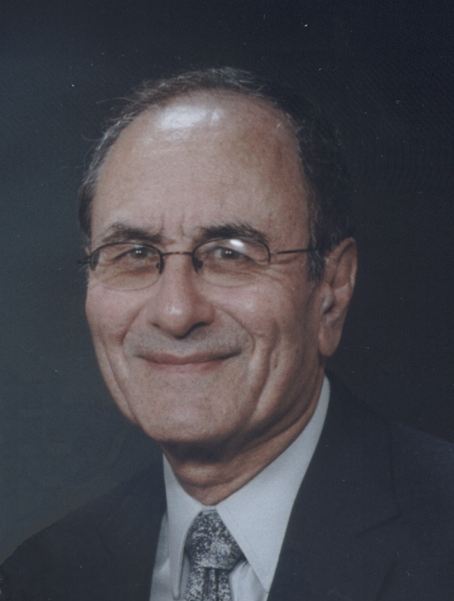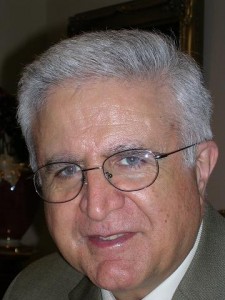Some researchers have recently paid a great attention to the Natural Medicine, or under other names, as:Complementary Medicine, Alternative Med., Biological Med., Orthomolecular Med. or Wholestic Medicine. The reason for this change was the side effects of the chemical drugs. These side effects sometimes cause much more problems than the actual disease. At this time patient is trying to get rid of the illness through AlternativeMedicine and avoid unnecessary surgeries.According to the existing researches most health problems in the body has linkage to the toxicity of the body, shortage of water & necessary nutrients, and finally different kinds of stress. All of these can be solved by Complementary Medicine.
About the Lecturer:
Dr. Saba obtained his DMD degree from Tehran University in 1962 and his specialty in Oral Diagnosis & Oral Medicine in 1980. He was so attracted to Natural Medicine that he went to Finland (which is one of the pioneer countries in this field) to continue his studies and obtained several degrees.
Dr. Saba came to US and continued his studies in Capital University of Integrative Medicine. He got his Doctrate degree in Naturopathy from Clayton College. Also got sub-specialty from Dr. Bradford Microscopic Research Institute. Now, he is a Board Certified Naturopath. Naturopathy means natural & biological approach to the imbalances of the body (health problems) as a result of unhealthy lifestyle and polluted environment.
Location:
Montgomery Community College (Rockville Campus)- Humanity Building (HU), Conference Room 009
Get Directions, Bulding Location on Campus
Dues: $15 per person, $5 for students (including dinner)



